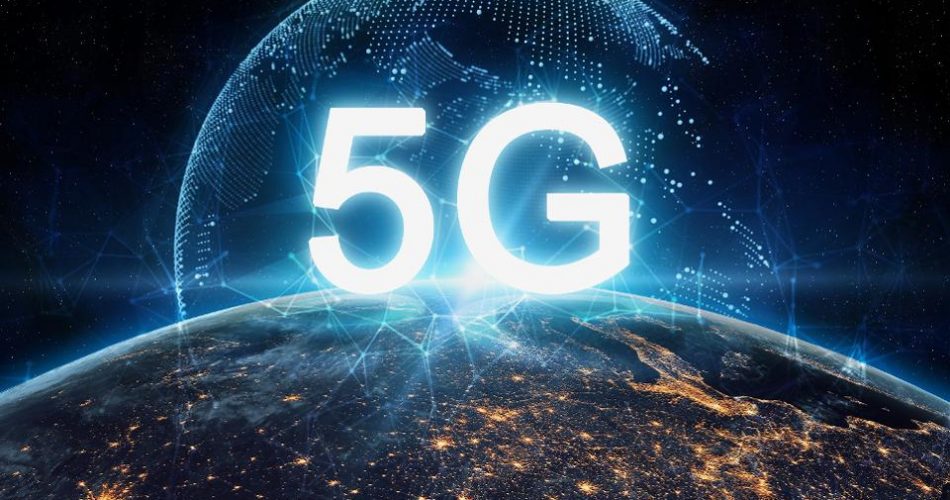Operators trade 5G airwaves as Ofcom spectrum auction concludes
O2 and Vodafone swap spectrum

Ofcom has concluded the final phase of the latest 5G spectrum auction, raising an additional £23 million for the treasury.
Up to 200MHz of spectrum was up for grabs, including 80MHz worth of long-range 700MHz frequencies freed up by Digital Terrestrial Television (DTT), and 120MHz worth of mid-band 3.6-3.8GHz airwaves.
This amounts to an 18% increase in the amount of spectrum available to operators and will be used to improve 4G and 5G mobile services.
- These are the best business SIM-only deals around today
- And the best business broadband deals
- Here are the best business mobile phone deals
Ofcom 5G spectrum auction
The first phase of the much-delayed auction was finally held earlier this year, with all four major mobile operators – EE, O2, Three and Vodafone – winning valuable airwaves to support next-generation networks.
EE won 20MHz of paired 700MHz spectrum and 20MHz of supplementary 700MHz airwaves for £280 million and £4 million respectively, while it also secured 40MHz of 3.6-3.8GHz frequencies for £168 million.
O2 was successful with its bid for 20MHz of paired 700MHz spectrum for £280m and with its £168 million offer for 40MHz of 3.6-3.8GHz. Vodafone won 40MHz of 3.6-3.8GHz bandwidth for £176.4 million and Three, which has frequently boasted of its mid-range spectrum assets, focused on securing 20MHz of paired 700MHz for £280 million.
This latest stage was the ‘assignment’ stage during which operators could submit bids for specific frequency positions in the bands so they are closer together and adjacent to existing airwaves. 5G services in particular benefit from contiguous ‘blocks’ of spectrum.
Sign up to the TechRadar Pro newsletter to get all the top news, opinion, features and guidance your business needs to succeed!
This phase saw several companies submit bids, raising the additional £23 million. In addition, licence holders can trade airwaves to better suite their requirements, something that O2 and Vodafone have done.
The outcome is that EE has been awarded licences for the 723-733 MHz and 778-788 MHz; 738-758 MHz; and 3680-3720 MHz frequencies, O2 the 703-713 MHz and 758-768 MHz; and 3760-3800 MHz ranges, and Three has 713-723 MHz and 768-778 MHz. Vodafone’s licence is for 3720-3760 MHz.
- Here are the best 5G phones around today
Steve McCaskill is TechRadar Pro's resident mobile industry expert, covering all aspects of the UK and global news, from operators to service providers and everything in between. He is a former editor of Silicon UK and journalist with over a decade's experience in the technology industry, writing about technology, in particular, telecoms, mobile and sports tech, sports, video games and media.